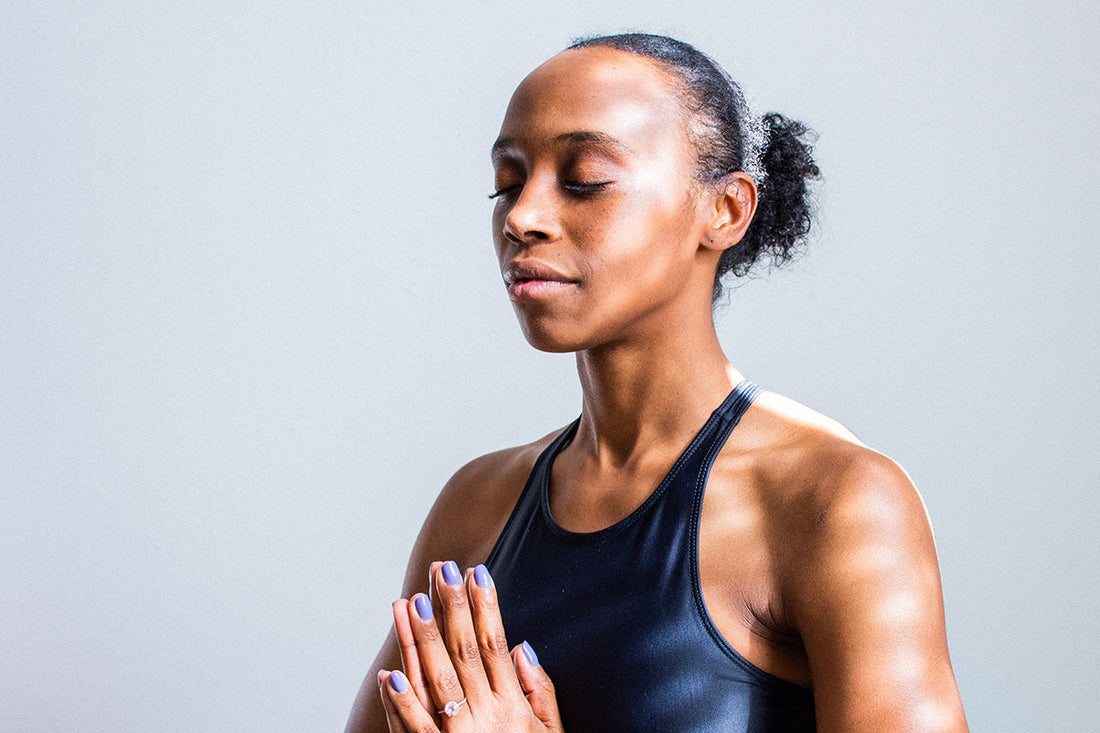
Deep Breathing for Beginners
Share
Deep Breathing for COPD: A Tool to Ease Breathlessness and Anxiety
Chronic Obstructive Pulmonary Disease (COPD) affects many people worldwide, but there are many common myths and misconceptions about the disease. Read on to learn how deep breathing can help manage COPD symptoms and reduce anxiety.
Table of Contents
Summary Points:
- Deep Breathing for COPD: Increases lung capacity, helps clear trapped air, reduces shortness of breath, and improves overall quality of life.
- Reducing Stress: Helps lower cortisol levels and reduces the physical and mental strain associated with COPD.
- Breathing Techniques: Exercises like the 4-7-8 method and diaphragmatic breathing help regulate the breath and calm the nervous system.
- Mindfulness Benefits: Focused breathing improves mental clarity, reduces anxiety, and enhances attentiveness for individuals with ADHD.
- PEP Buddy: A portable, clinically proven device that enhances breathing, prevents oxygen drops, and supports more active daily living.
What Is Deep Breathing?
Deep breathing is simply a way to breathe with more intention. Deep breathing allows you to have a greater volume of air, and it allows for a breathing that’s at a slower speed than what is typical.
Deep breathing allows for better fresh air intake—on a deep and productive inhalation—as well as more complete air exhalation—allowing our bodies to more fully exhale used or unneeded air from the lungs. This exchange of air is crucial to our health and well-being.
When Can You Practice Deep Breathing?
Deep breathing practices are commonly used in exercise or as a method of relaxation. Breathing deeply can have profound and positive health benefits, including lowering stress, promoting a sense of calm, and improving daily life for individuals with breathing challenges.
Even if you don’t have lung disease, learning how to breathe more deeply allows you to have the ability to follow a different breathing rhythm.
Deep Breathing for COPD
Breathing better improves the day-to-day life for individuals with chronic obstructive pulmonary disease (COPD). Deep breathing positively impacts people with COPD, allowing for better exhalation of trapped air, reduction in the uncomfortable feelings associated with shortness of breath, and a lowered level of exertion during daily activities.
What’s more is that people suffering from COPD who utilize deep breathing exercises experience greater improvements in exercise, reduced shortness of breath, and improved quality of life when compared to those who do not utilize deep breathing exercises.
Deep Breathing to Reduce Stress & Anxiety
Stress and anxiety are common in our fast-paced, high-pressure lives. Shallow or improper breathing can upset the oxygen/carbon dioxide exchange inside the lungs, contribute to anxiety, panic attacks or fatigue, and elevate our feelings of stress. How we breathe is a powerful resource—and when used correctly—it can make quite a big difference in easing stress and anxiety in our day-to-day hustle and bustle.
More proper breathing also is an effective way to lower cortisol, adrenaline, and other stress hormones. Pausing and taking time for more controlled, deep breaths can help reduce stress and improve emotional well-being.
Deep Breathing As a Part of Your Mindful Practice
People who work towards mindfulness, meditation, and other focus practices will find that breathing is a tool that can be utilized to direct attention, find or maintain a state of calm, and release tension or frustration.
Mindful breathing is a simple yet powerful practice that brings attention and intention to the rhythm and flow of breathing. In turn, this stillness and focus brings us to the present moment, provides greater mental clarity, and it can also reduce overall stress on the body and the mind.
How to Practice Deep Breathing
Follow these steps to practice your deep breathing:
- Find a place where you can get comfortable. Relax your shoulders. Place one hand on your abdomen and the other on your chest. Focus on only moving the hand on your abdomen.
- Breathe in through your nose to a count of three, filling your belly with air.
- Exhale through your nose to a count of three, allowing your belly to deflate.
- Repeat this technique five times, or until you feel calm.
PEP Buddy: Better Breathing, Backed By Science
PEP Buddy is a simple, portable, clinically proven medical device that reduces breathlessness so you can increase your activity level. PEP Buddy can also help to prevent significant declines in blood oxygen levels during activity.
Learn more about easing your shortness of breath with PEP Buddy today.This blog is for educational purposes only; talk to your provider to understand recommendations specific to you.
